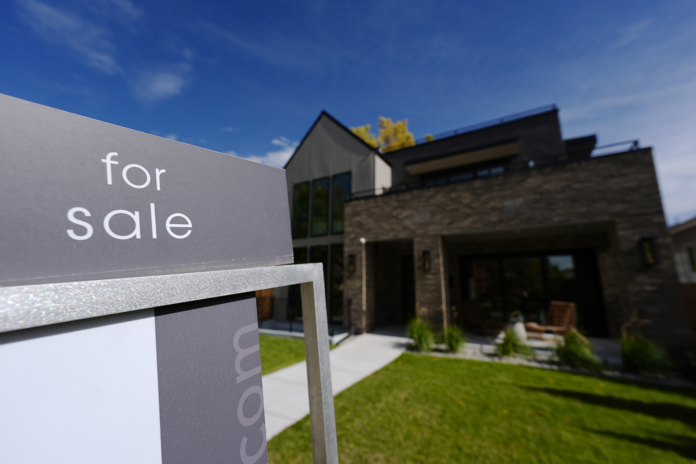The Trump administration is exploring a plan to introduce longer mortgage loans for buyers in an attempt to make homeownership more attainable for Americans as the cost of homeownership has exploded since the pandemic.
Federal Housing Finance Agency director Bill Pulte said on Saturday the administration as “working on” a plan to introduce 50-year mortgage loans.
“Thanks to President Trump, we are indeed working on The 50 year Mortgage – a complete game changer,” Pulte wrote in a statement on X.
Much of the policy, or whether it will become reality, remain unclear. Among the biggest hurdles facing it is regulation passed in the wake of the 2008 financial crisis that limits most regulated mortgages to a maximum term of 30 years and would need an act of Congress to approve.
There is bipartisan interest in expanding housing affordability in Congress but approving such a change could meet resistance, where some Republican lawmakers have already come out against the proposal for 50-year mortgages.
“It will ultimately reward the banks, mortgage lenders. and home builders while people pay far more in interest over time and die before they ever pay off their home. In debt forever, in debt for life!” Rep. Marjorie Taylor Greene, R-Ga., wrote on X.
Extending the term of the loan could drop monthly payments and expand the pool of buyers who are able to afford a home by reducing a cost in some budgets. But that relies on the assumption that mortgage rates would be similar on a 50-year loan compared to a 30-year, which analysts see as highly unlikely.
Fifteen-year loans already offer a lower interest rate than 30-year loans because longer loans are riskier for lenders. As of Thursday, an average rate on a 30-year mortgage was 6.22%, compared to 5.5% on a 15-year term, according to Freddie Mac. When factoring in a higher interest rate for a longer loan, it would eat into the monthly savings offered by taking a 50-year mortgage.
Longer loan terms would also slow the rate at which homeowners build equity as they make payments. Borrowers on a 50-year term would have to pay nearly double the amount in interest over the lifetime of a loan, adding to the time it takes for them to build up equity in the home and overall cost of ownership.
“It’s a tradeoff among monthly payment, total interest paid and equity build up. It’s saying, ‘what are your goals in homeownership?’” said Keith Munsell, head of the real estate concentration at Boston University’s Questrom School of Business. “I also don’t think it overcomes the biggest impediment to homeownership, which is the down payment.”
Bringing down the cost of homeownership has been a priority for Trump since the campaign trail. He has signed an executive order aiming at finding ways the federal government can reduce barriers to homeownership and part of his pressure campaign on the Federal Reserve to bring down its benchmark rates is to make mortgages more affordable.
Even with mortgage rates hovering down near lows for the year, the housing market is still one of the most unaffordable in U.S. history. The average cost of an existing home rose to $415,200 in September, according to the National Association of Realtors. Options for building a new home are not much better, with the median sales price at $413,500 as of August, the National Association of Home Builders said.
Both new and existing home prices have continued to move upward despite a slump in the housing market over the last several years, which comes after the ultra-low rates available after the pandemic turbocharged the market and drastically increased the rate home prices grew. Expanding the term of loans could help some buyers afford to enter the market, but it does not help address the root causes of the costs.
Industry analysts broadly agree the biggest obstacle to improving the affordability outlook is to increase the levels of construction. The rate of home building fell dramatically after the financial crisis and has yet to recover, leaving the country short millions of units to meet the demand.
“It isn’t going to do a damn thing because the problem is lack of supply,” Munsell said. “If you want to make housing more affordable, let’s cut the price of the materials used. Let’s bring in some innovation into the construction industry. Let’s build modular and truck it out to the job site. Let’s reduce the regulations. I mean, there are a whole host of things you can do.”
Builders are currently facing multiple issues when it comes to ramping up the home supply like increased costs from tariffs and lingering inflation, more expenses for labor and zoning restrictions that limit the amount and types of building that can happen.



